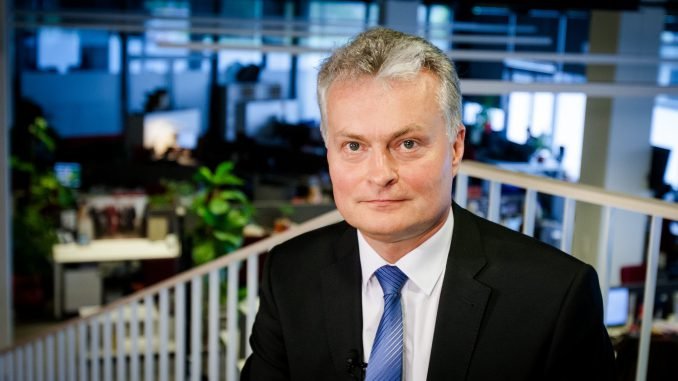
(Starting on 11 January, this article and others like it will only be available to Corporate subscribers)
“If we talk about, let’s say, exports, the year really wasn’t very good. That can be explained, because the year was a difficult and creaking period of export reorientation. We had to forget an old market, which many food product producers had latched onto for 10 years or so and had done quite well in. Any businessperson will tell you that this is easier said than done. Furthermore, they weren’t very prepared for this. A difficult initial period has been completed. Now, competitiveness and ingenuity will help them establish themselves in other markets and rebuild what was lost in Russia. Perhaps not immediately, in terms of financial indicators, but in terms of scope and of jobs, I think that our industries did not suffer very much. We need to wait a bit until it starts to rise, and I think this will happen in 2016,” said Nausėda, a financial analyst.
According to him, every crisis brings some sort of advantage along with it, as it provides a certain sort of motivation.
“When everything’s good, it’s hard to find that motivation. This can be said for any field in life. Now, we are more independent, and have diversified our markets more. That’s an investment into our long-term future. It doesn’t matter if Russia’s markets will ever open up again, because our export will meet that decision very different from the way it was in, say, 2013.”
Nausėda also had something to say about the introduction of the euro and the arguments about rising prices and services that this has brought. According to the analyst, economic theories indicate that demand should fall as prices rise. “If prices grow, as some say, by 3.5 times, demand should react to such a terrible jump in prices and contract. But when I see retail turnover with real instead of nominal prices, I see growth of the sort that we hadn’t seen in the last few years, up until the introduction of the Euro. Prices have risen radically for certain product groups, especially for services, but prices for energy resources have fallen, like for petrol, and those savings lets people save a portion of their income and spend it on those higher prices elsewhere.”

Be the first to comment